Are you an educator with a blog?
Would you like a bigger audience and a stronger professional network?
This practical post goes through five things you can do to share and market your blog:
- Make posts ‘shareable’
- Use social media
- Set up an email subscription
- Encourage others to share your posts
- Be an audience
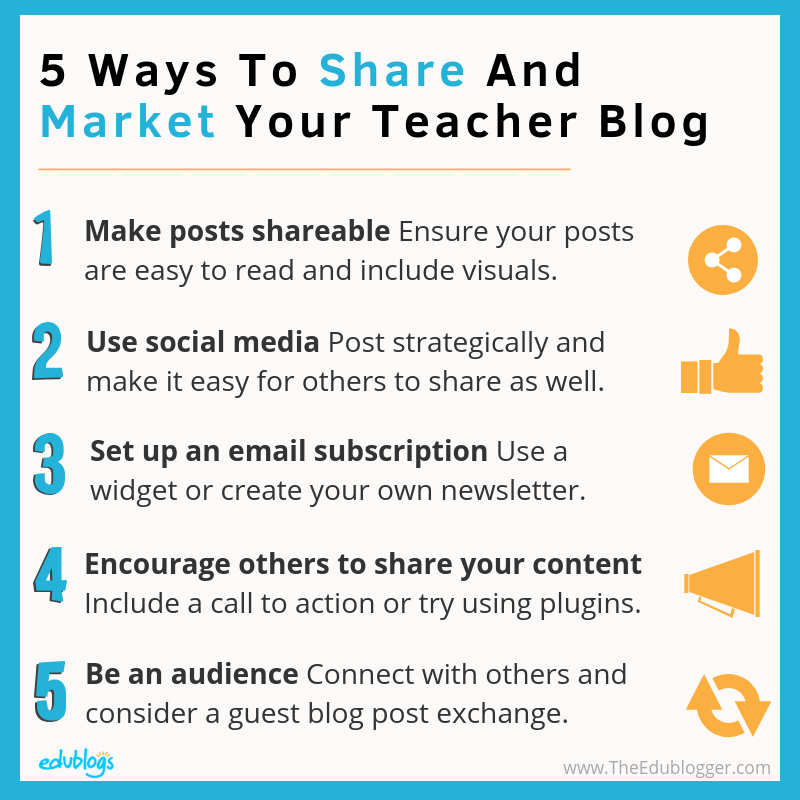
If you don’t yet have a blog, that’s no problem. You can get one for free by heading over to the Edublogs homepage.
And if you want to be walked through the process of setting up your blog, check out our free, self-paced course.
Marketing? Really?
The word marketing has got a bad rap in recent decades. Perhaps it makes you think of cheesy, spammy scams, used car salesmen, or endless infomercials.
This is definitely not the sort of marketing we’re talking about here.
As Seth Godin explains, modern marketing is really using the culture to reach people who want to be reached and offering them something they’re glad to find.
There’s probably many members of the education community out there who would love to find you. So, do them a favor and start marketing your wonderful work!
The Benefits Of Blogging For Yourself
Before we look at building an audience through sharing and marketing your blog, let’s go over the many benefits of blogging just for yourself.
What’s the point of blogging even if no one is reading? Is there a point?
Of course!
Blogging is a fantastic way to reflect and develop your thinking
As Clive Thompson stated in Smarter Than You Think: How Technology is Changing Our Minds for the Better,
Professional writers have long described the way that the act of writing forces them to distill their vague notions into clear ideas. By putting half-formed thoughts on the page, we externalize them and are able to evaluate them much more objectively. This is why writers often find that it’s only when they start writing that they figure out what they want to say.
The research process of blogging is also an excellent way to learn
Take a topic you know a little about or have some interest in, do some research and present it in an easy-to-digest way for others. You might be surprised at how transformative this learning process is!
Having your own online space can present you with career opportunities
Some professionals also enjoy having a blog or website that serves as a digital portfolio. This home base for all your work and credentials can be an advantage for furthering your career.
Becoming a blogger will help you help your students
Teacher-bloggers can be role models for students as digital citizens and writers.
Furthermore, trying out blogging before introducing it to your students can be a comfortable progression for many educators.
Why Sharing And Marketing Your Blog Applies To Everyone
Despite all of the personal benefits of blogging, you can really amplify things by building an audience.
Clive Thompson explains,
…studies have found that particularly when it comes to analytic or critical thought, the effort of communicating to someone else forces you to think more precisely, make deeper connections, and learn more.
Building an audience also means expanding your professional learning network (PLN); there are countless benefits to building a strong network as we explore in our free self-paced PLN course for educators.
So we know there are benefits to having an audience for your blog, but building an audience does take work and it requires you to share and market your posts.
How exactly can you share and market your blog? Let’s take a look…
With the rise of the ‘edupreneur’ some teachers are using blogging for financial benefit, however, we’ll be focusing on sharing and marketing for the teacher blogger who’s interesting in connecting and learning with others.
Strategies To Share And Market Your Posts
You might have put together a fantastic blog post and felt satisfied as you hit the publish button, but your job is not done.
Just because you publish something online, doesn’t mean it will be seen. People won’t know about your post if you don’t share it.
Standing out in a blogosphere populated by millions of people can take work. Fortunately, there are some simple strategies to help ensure your blog post gets an audience.
1) Make Posts ‘Shareable’
Blogging is not like writing a high school essay. A long chunk of text on a page is just not going to appeal to your potential audience. They’ll move on.
The first thing you need to do is look at your styling and post layout because let’s face it; people aren’t going to share your post if the content was too difficult to even read.
Our post 10 Tips For Making Your Blog Posts Easier To Read will help guide you through the process of creating easy to read posts.
The Power Of Visuals
We know how powerful visuals are! A Hubspot article tells us,
Eye-tracking studies show internet readers pay close attention to information-carrying images. In fact, when the images are relevant, readers spend more time looking at the images than they do reading text on the page.
Studies have shown that visitors to your blog will probably only read about 20% of your post. People generally scroll through and skim posts. Images give people a reason to stop scrolling.
Through an image, people may be more likely to take in your content and share it with others.
What Sort Of Visuals Can You Make For Blog Posts?
There are all sorts of visuals you can include in your posts. Let’s explore three popular additions to blog posts — social media graphics, infographics, and quotes.
Graphics to share on social media
Bloggers often create a graphic to accompany their blog post which makes a social media post stand out. It’s generally just the title of the blog post with an image and the blog URL — perhaps with blogger’s name or social media handle too.
Whenever we create a new post on The Edublogger, we create a simple graphic to go with it.
For example:

There are certain size dimensions that are ideal for different social media platforms as outlined here by Louise M. (Tip: If you’re using Canva which we will explain below, it will generate the correct size automatically).
Infographics
An infographic can be a great way to summarize information or data and make posts more shareable.
The 10 Ways To Make You Blog Posts Easier To Read visual above is an example of an infographic that acts like a ‘cheat sheet’.
Here is another example we prepared for International Dot Day. This sort of thing can really help the time-poor reader.
Quotes
Quotes can be powerful additions to blog posts. They can offer a burst of insightful learning and back up your own thoughts.
In our post about quotes, we outlined different ways you can use quotes and turn them into shareable graphics.
You wouldn’t want to make every quote into a graphic but it can certainly give your readers something else to focus on and share.
A quote graphic might display the words over an image, pattern, or a block color.
 How To Make Visuals For Blog Posts
How To Make Visuals For Blog Posts
There are many different ways you can make the sorts of visuals we described above.
There are a number of offline tools available, such as Adobe Photoshop or Indesign, however, online tools are more popular than ever. A lot of these tools are based on templates, so you don’t even need design skills.
Just some online tools for making visuals include:
- Canva (solid free plan with paid options — see below)
- Adobe Spark (free for teachers and students)
- Stencil (free plan allows for 10 creations per month)
- Snappa (free plan allows for 5 downloads per month)
- Pablo (free tool from Buffer)
- Piktochart (free for basic plan with watermark)
If you have any suggestions for web tools, apps, or offline tools be sure to let us know in a comment.
Canva tips and information
Canva is certainly one of the most popular tools for bloggers and it’s one I personally love to use!
- Canva has millions of users worldwide and is popular in many industries, including education.
- Students under 13 can use Canva if they’re ‘appropriately supervised’. (Read Richard Byrne’s post about this topic for further clarification).
- Canva is a web-based tool but there are also apps for Android and iOS.
- The free plan allows you to make unlimited creations and download them in high quality without watermarks. This sets Canva apart from some similar tools.
- The paid ‘Canva for Work‘ plan gives you access to more templates, images, and icons etc. It also allows you to resize your design without starting again (e.g. you might make something in A4 size then want a smaller version to share on social media). Additionally, you can download your designs with a transparent background (handy for logos, badges, buttons etc.).
- Canva uses a drag and drop interface which is very simple to use but like all tools, does require a little bit of playing around to develop fluency. It’s worth the investment in time!
Check out this post I wrote about Canva for more information and ideas.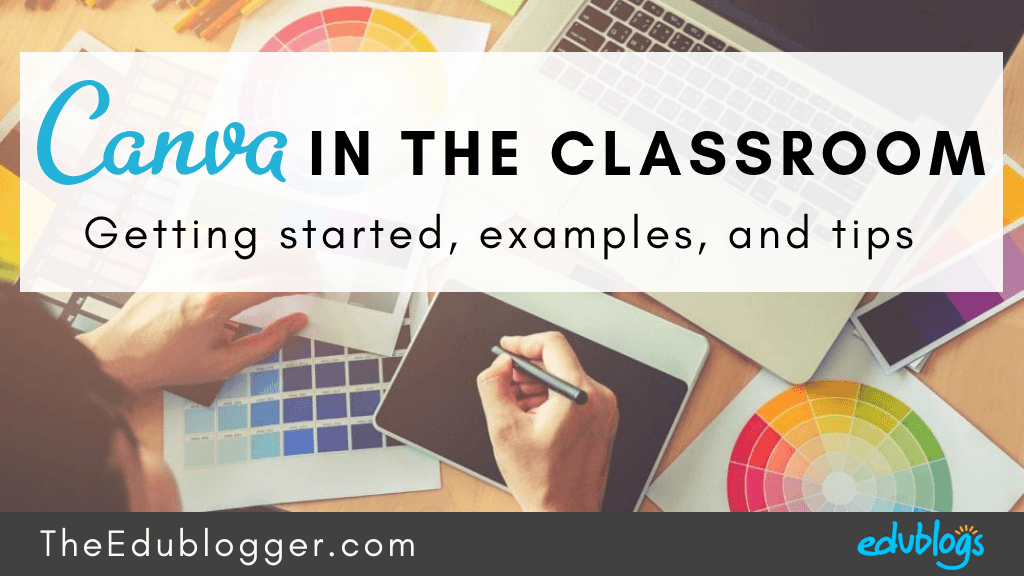
Back to top
2) Use Social Media
A lot of people who might be interested in your blog posts are hanging out on social media. You want to strategically share your content on social media and make it easy for others to share as well.
Share Your Own Content
There are a few things to keep in mind when sharing your own blog posts on social media
Consider your platform(s)
Teachers are active on different platforms — Twitter has traditionally been very popular with teachers (if you’re new to Twitter you can find out more information here). There are also a large number of teachers active on Facebook, Instagram, Pinterest, LinkedIn etc.
You don’t have to be sharing on every platform. Using one or two social media platforms well can be a more successful approach than spreading yourself thin across different networks.
Tailor your message
If you are going to share your posts across various social media platforms, tailor your message to cater to the different audiences and the different ways the platforms are used.
For example, Instagram and Twitter use hashtags more than Facebook. Pinterest tends to center around larger ‘shareable’ images. Twitter has a 280 character limit whereas Facebook allows you to write lengthier posts.
Keep these sorts of details in mind if you’re going to cross-promote your posts. Copying and pasting may not be the best approach.
Repeat, but don’t overdo it
Just because you post something on social media, doesn’t mean it will be widely seen. You might need to post a variation of the message a number of times.
Repeating the same message without variation is not a good idea and is against the rules with some social media channels. On Twitter posting ‘duplicative or substantially similar content’ is not allowed.
To make posting on social media easier, some people use a social media scheduler like Buffer or Hootsuite although use this approach with care. You don’t want to look like a robot!
Make your posts stand out!
We know that each social media platform has its own best practices for formatting updates. Let’s focus on Twitter for a moment and take a look at the sorts of tweets that are more likely to stand out.
You can just share the title of your post and the link but is this really going to be noticed in a busy stream of tweets?
Compare these two tweets about the same post and consider which one would stand out more…
Images, emojis, quotes, summaries of information, GIFs, videos etc. can all help to make a tweet stand out and encourage others to read it, share it, and/or click on the link to the post.
Want more advice about using Twitter and creating shareable content? Check out our Ultimate Guide to Twitter. You might be particularly interested in the examples of tweets that stand out.
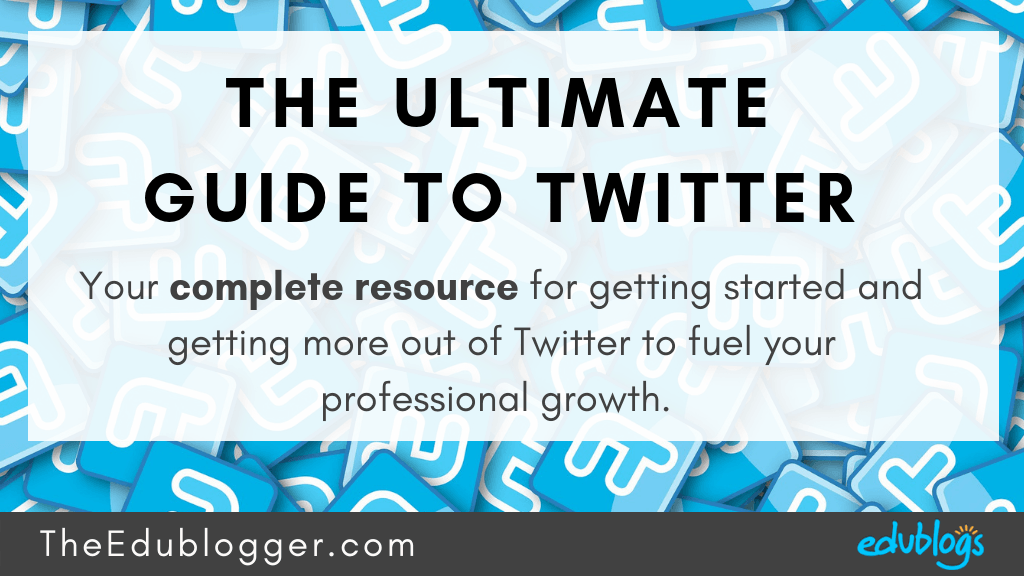
Back to top
3) Set Up An Email Subscription
How are people keeping up to date with blogs?
Traditionally, people would subscribe to get email notifications of new posts on blogs they enjoy reading. Or they’d use an RSS Feeder (a popular one is Feedly. You can read more about how this works here).
Email and RSS are still being used, however, things have changed a little.
When we did a quick poll of our Edublogs community in July 2018, 61% of respondents indicated that their favorite way to keep up to date with the blogs they like to read is via social media.
Why is social media a popular way to follow blogs?
Perhaps:
- People are getting more emails than ever before so are becoming more selective with what subscriptions they sign up for. They might only subscribe to a handful of their favorite blogs.
- Some individuals are becoming more satisfied with consuming information serendipitously.
Should I bother with an email subscription?
Social media is a great way to share but here are a few thoughts to keep in mind about the power of offering an email subscription:
- Having an email subscription option is going to allow your most loyal and valuable members of your community to stay in touch with you.
- There are no guarantees that people in your network will see your posts on social media. You can’t control that. Offer your readers a channel to make sure they don’t miss your content.
- Email is much more personal than social media. Your readers can hear directly from you and it can help to build a relationship.
How To Make An Email Subscription
So we’ve established that it’s definitely a good idea to have some sort of option available for readers who would like to subscribe to your blog via email.
Now you have two choices. Do you want to use an automated service? Or do you want to create a handcrafted newsletter style email that you send out on a regular basis?
Automated Email Subscription Widget
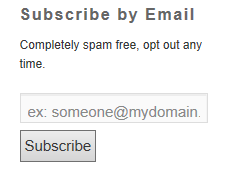 If you’re using Edublogs Pro, did you know you can add a simple email subscription widget on the sidebar of your blog?
If you’re using Edublogs Pro, did you know you can add a simple email subscription widget on the sidebar of your blog?
Subscribers will receive an email automatically to alert them to new posts. You can choose to send a full post, complete with all images, or a post excerpt.
Find out how to activate the email subscription widget here.
Create An Email Newsletter
It’s becoming increasingly common for bloggers to create their own newsletter using an email service provider.
There are many email service providers out there and many are free to use until you reach a certain number of subscribers. If you’re interested in comparing different email service providers, check out this guide from ProBlogger.
When you use an email service provider, you can either:
- Automatically send out emails to people on your list when a new post is published.
- Create a personal email to your email list telling them about your new post(s). Generally, you might give an introduction to the post and ask them to click to visit your blog and read your post. You might send this out every time you publish a new post or at regular intervals (weekly, monthly etc.).
MailChimp Tips And Information
One of the most popular email service providers is MailChimp.
- It is free to use up to 2000 subscribers.
- MailChimp uses a simple drag and drop editor and offers a range of different templates for the design of your newsletter.
- There are also different options for creating sign-up forms. You’ll probably want a sign-up form on the sidebar of your blog but you might also include it at the bottom of your blog posts, in a page on your blog, or as a ‘landing page’ that you can share on social media.
Check out the Getting Started With MailChimp guide for more information.
Getting Started with MailChimp | MailChimp
4) Encourage Others To Share Your Content
It’s ideal if people who are reading your posts share it with others. This can be a great way to find new audience members.
Everyone has their own tribe or network. If someone from your network introduces your work to others in their own network, the results can be exponential!
Consider putting a call to action in every blog post asking your readers to share it on social media or share it with colleagues if it resonated with them.
You can also use a variety of plugins to encourage your readers to share your posts.
Let’s take a look at AddThis and Jetpack.
AddThis Plugin
AddThis is a handy plugin for your blog that adds a social share button to every post and page.
You can add a range of buttons above and/or below your posts that readers can click on to share in a variety of ways.
You can choose to display these buttons in different ways.
You can also add the Social Share widget to your blog sidebar so visitors can share your blog with others.
Check out our help guide for more instructions on setting up AddThis.
Jetpack Plugin
Jetpack is a powerful plugin that adds several different features and tools to your blog, some of these make it easier for others to share your posts.
Once you’ve activated Jetpack, you might like to activate:
- Publicize: Makes it easy to share your posts on social networks automatically when you publish a new post. Learn more.
- Sharing: Enables you to add sharing buttons to your posts so that your readers can easily share your content on Twitter, Facebook, and other social networks. Learn more.
Check out our help guide for more instructions on setting up Jetpack.
5) Be An Audience
The final tip is a simple one that’s often overlooked: If you want to have an audience you need to be an audience.
This might involve:
- Subscribing to some blogs you like via email or RSS (e.g. Feedly). Or, following bloggers on social media.
- Sharing blog posts that resonate with you on social media; support other bloggers.
- Leave comments on posts that you enjoyed, leave you curious, or challenge your thinking.
Rather than being a passive reader, try to find a way to be active in your approach to really support others in your community (e.g. sharing, commenting, connecting).
Follow this approach in an authentic way and show genuine interest in others. Apart from learning a lot and building your PLN, you might find your audience begins to build naturally as well.
As you get to know other bloggers, you might also consider guest posting. It could introduce you to a new network of readers and you could be helping a fellow blogger too.
How does guest posting work?
- You might connect with someone who has a small but engaged network of readers.
- Arrange to write a relevant guest post on each other’s blogs.
- The guest post could include a short introduction with a link to your blog, and/or a bio at the bottom of the post.
- Perhaps some of those readers will start following you and vice versa. Win-win!
Conclusion: Stick With It!
If you ask any blogger who has a reasonable sized audience, they will no doubt tell you they started with a very small number of readers.
Building your audience takes time, patience, and a commitment to stick with it. Need help building momentum with your blog? Check out this post.
Remember, the rewards will be worth it!
As George Couros said as he reflected on his 8 years of blogging,
Blogging has helped my learning grow significantly because I have done it consistently for myself, not necessarily for an audience. Knowing an audience is there though, has made me think a lot deeper about what I share though, and it helps me create a “360 Degree View” of my learning; I do my best to focus on all angles of what I am sharing before I share it.
Dean Shareski has also boldly stated,
I’ve yet to hear anyone who has stuck with blogging suggest it’s been anything less than essential to their growth and improvement. I’ve no “data” to prove this but I’m willing to bet my golf clubs that teachers who blog are our best teachers.
We think so too.
Any questions or tips about sharing and marketing your blog? Be sure to let us know in the comments below!

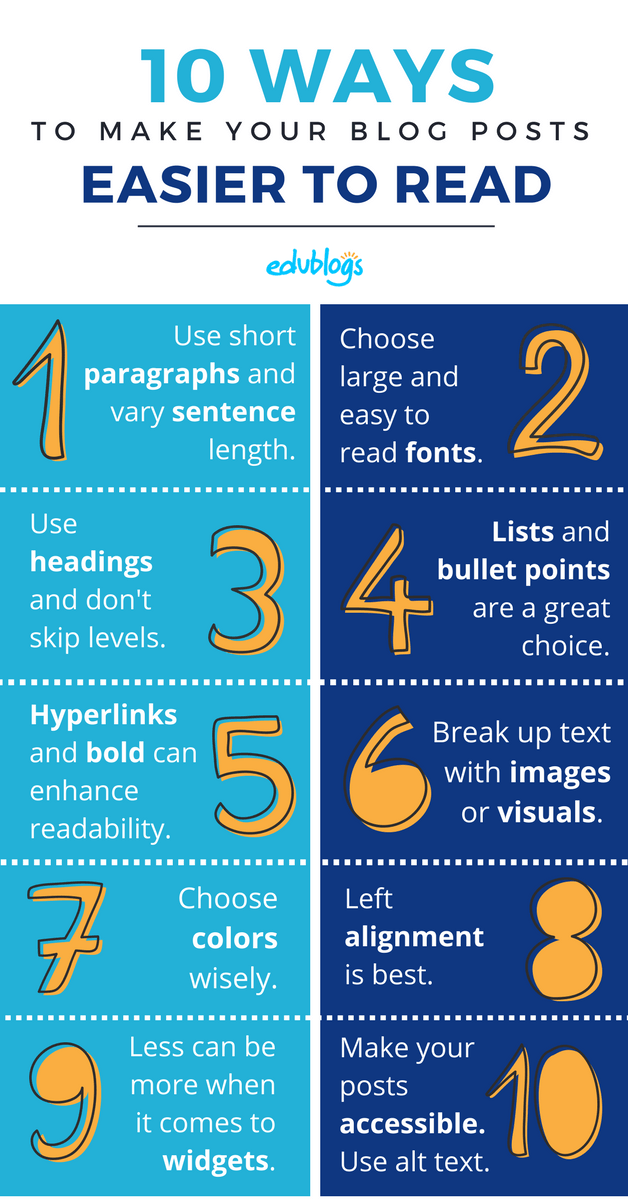
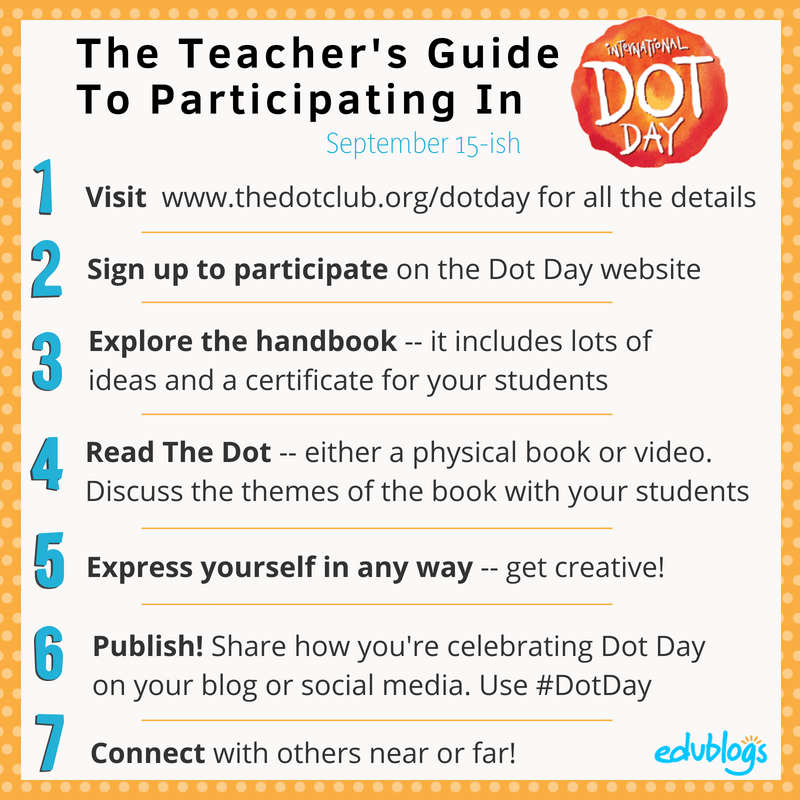

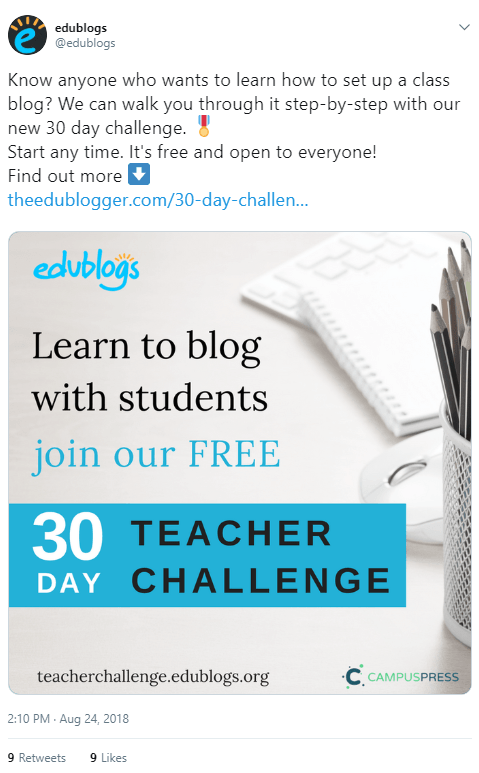
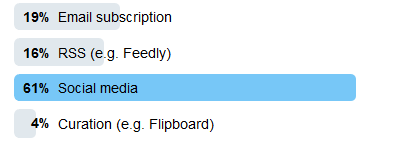


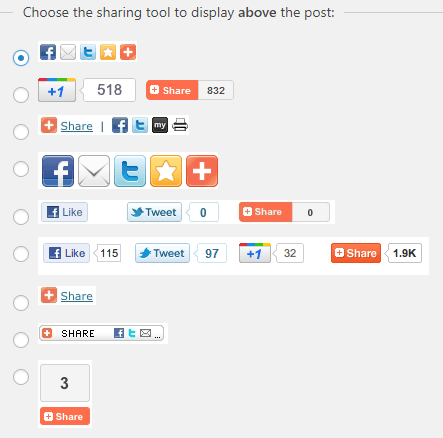


I was really interested in what you were saying when how to managed the blogs
I could really see what you were describe it.
Hi Betty,
I hope the tips were helpful! Thanks for commenting.
Kathleen
Thanks for this article. Can you explain, “Use headings and don’t skip levels?” Thanks! Frances
Hi Frances,
This is a good question. It means start with Heading 2 for your main subheadings throughout your post (not Heading 1 because that’s the title). Then when you have subheadings under your main headings you’d use Heading 3. If you want another subheading under that subheading you’d use Heading 4.
Not skipping levels means you wouldn’t use Heading 2 and then use Heading 4 or 5 for a subheading directly underneath. It’s best practice to keep the numbers in order. So H2, then H3, then H4, then H5 etc (although you don’t usually need that many levels of subheadings.
Let’s know if that doesn’t make sense!
Kathleen
This is an interesting post Kathleen. I really like your point about ‘being an audience’ and incorporating social media. Personally, that is what I enjoy about what webmentions allow. I love commenting from my own site and extending the comments to social media. It takes ‘pingbacks’ to a whole new level.
Also on: Read Write Collect
Hi Aaron, you do this really well! It shows people that connecting and sharing doesn’t have to be a hugely time-consuming process to be valuable and meaningful. Thanks for sharing your insights!